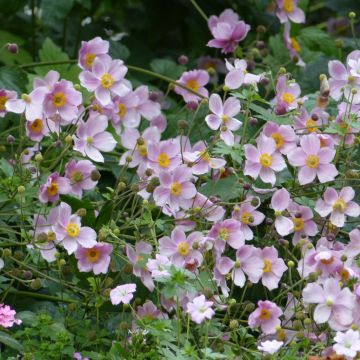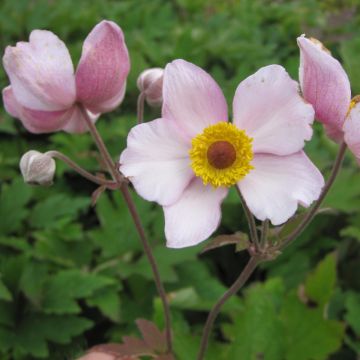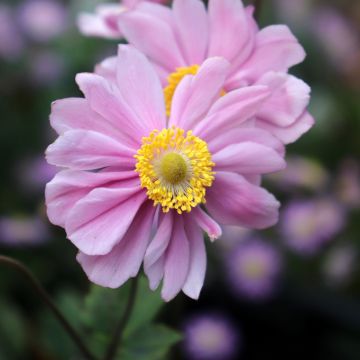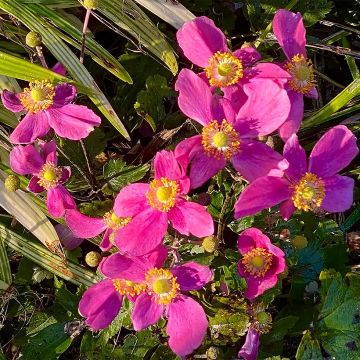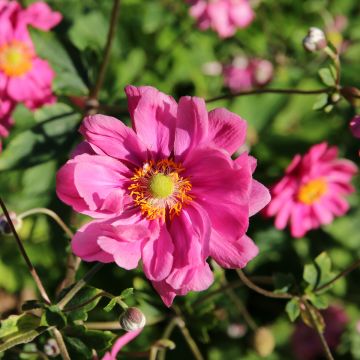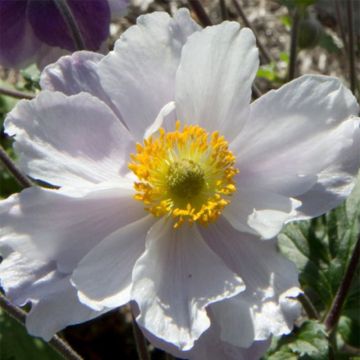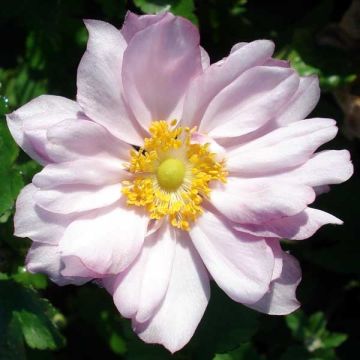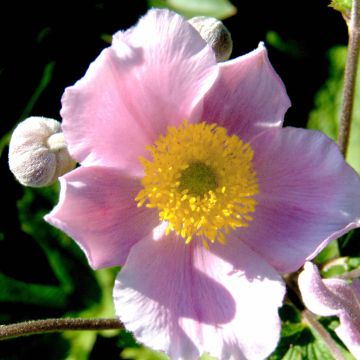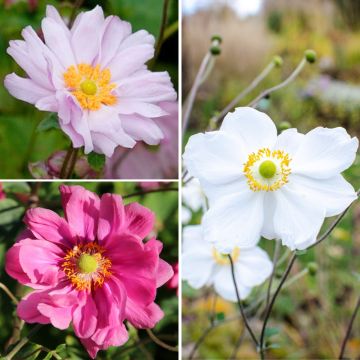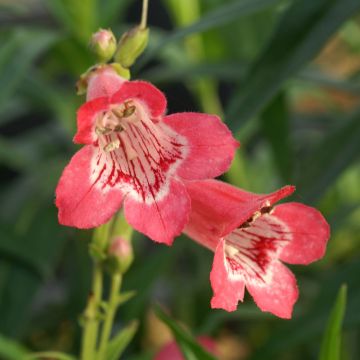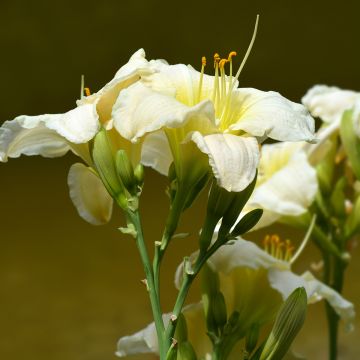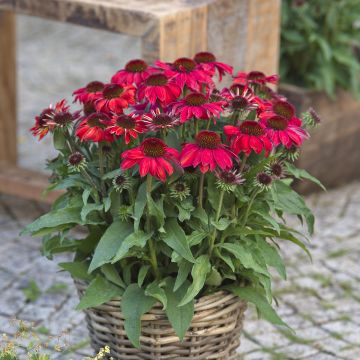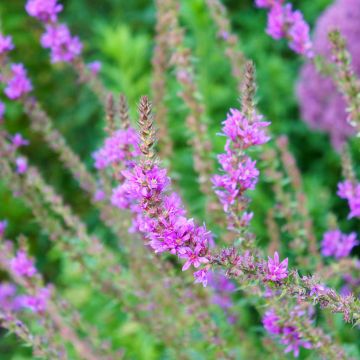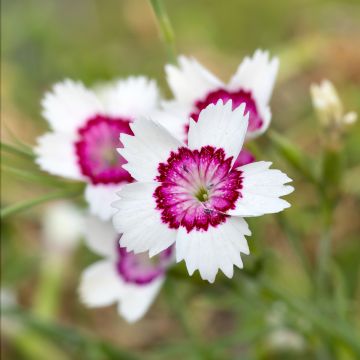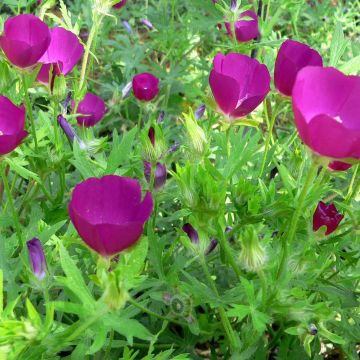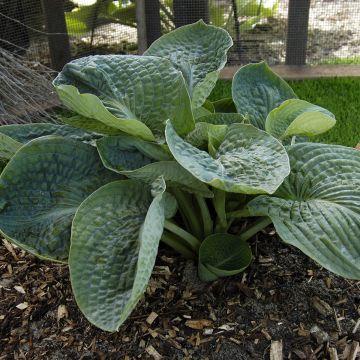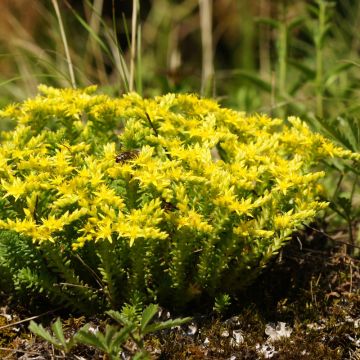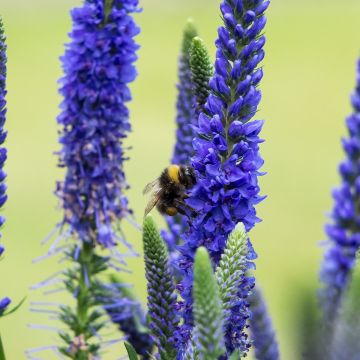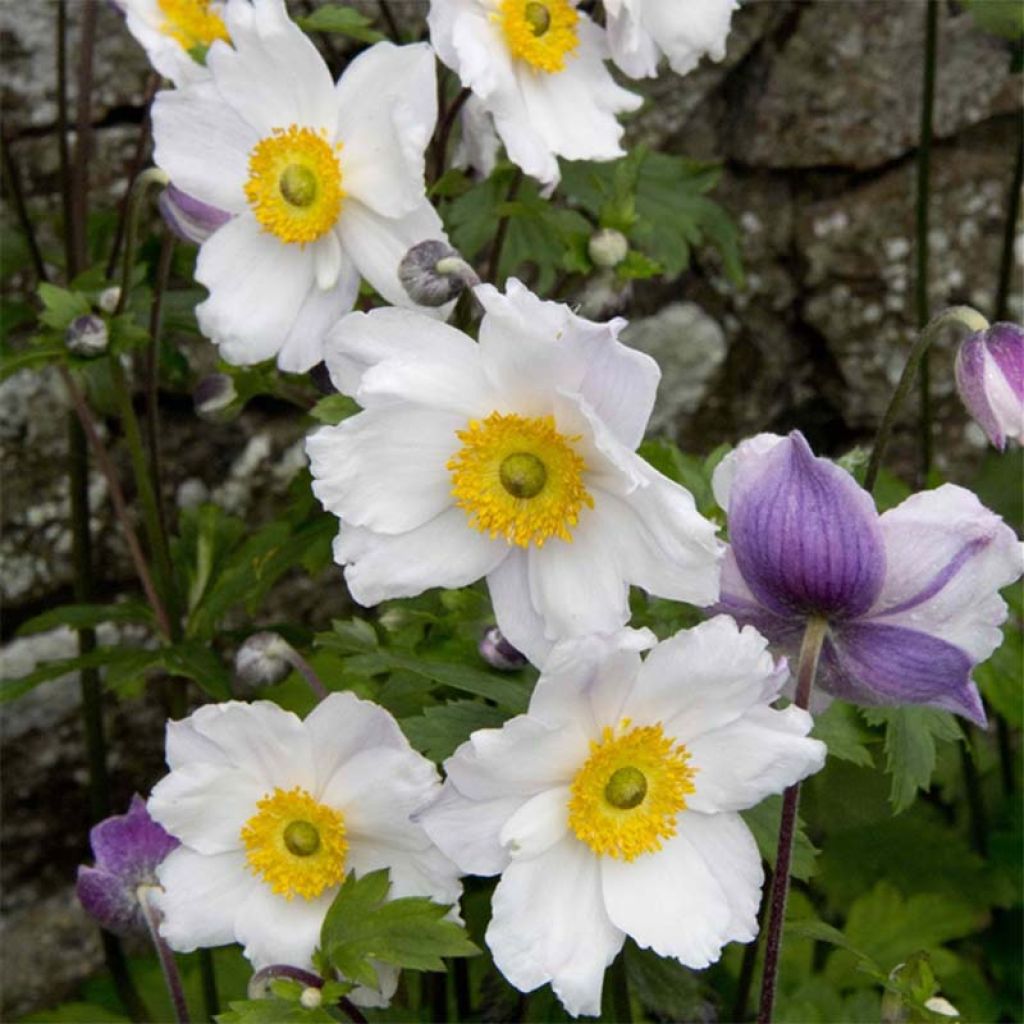

Anemone Ruffled Swan - Japanese Anemone
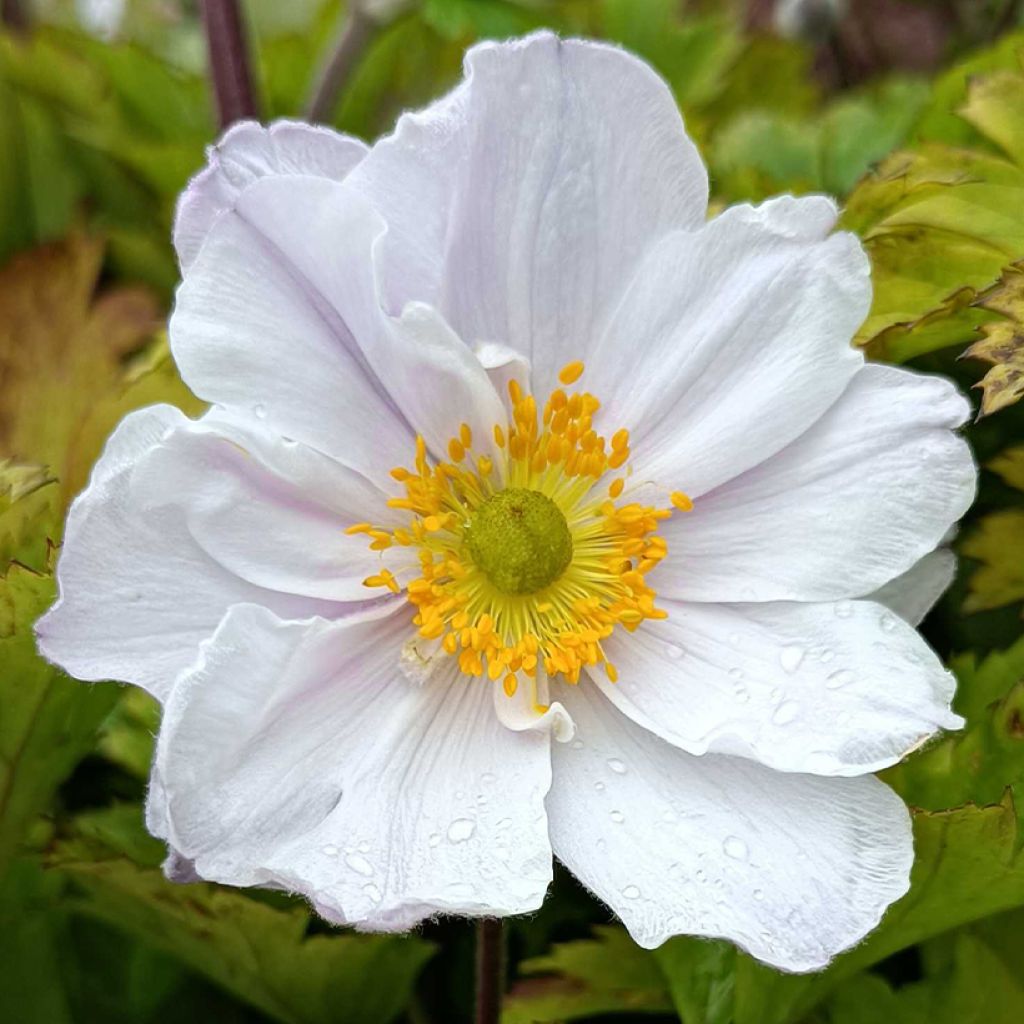

Anemone Ruffled Swan - Japanese Anemone
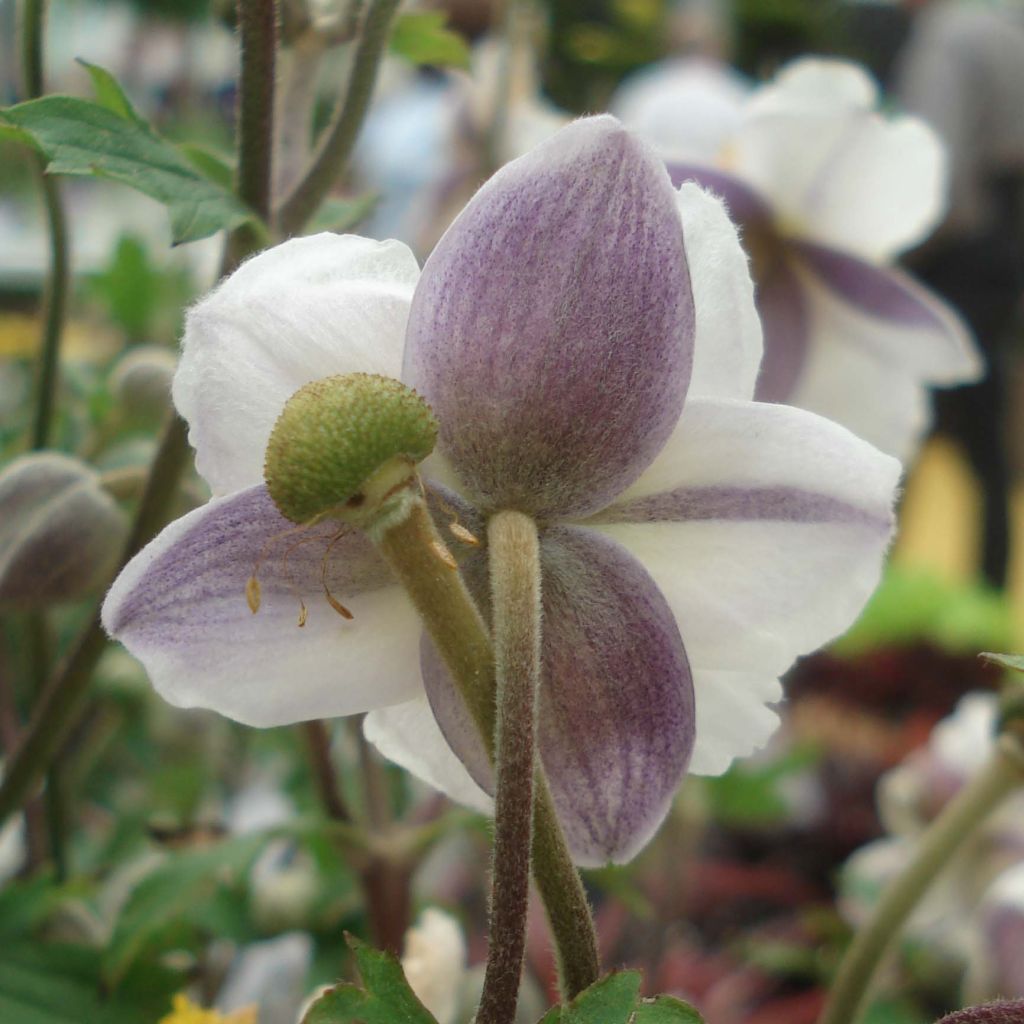

Anemone Ruffled Swan - Japanese Anemone
Anemone Ruffled Swan - Japanese Anemone
Anemone rupicola x hupehensis Ruffled Swan
Japanese Anemone
This item cannot be shipped to the selected country
Delivery charge from €5.90
Delivery charge from €5.90
Delivery charge from €5.90
More information
Schedule delivery date,
and select date in basket
This plant carries a 12 months recovery warranty
More information
We guarantee the quality of our plants for a full growing cycle, and will replace at our expense any plant that fails to recover under normal climatic and planting conditions.
From €5.90 for pickup delivery and €6.90 for home delivery
Express home delivery from €8.90.
From €5.90 for pickup delivery and €6.90 for home delivery
Express home delivery from €8.90.
From €5.90 for pickup delivery and €6.90 for home delivery
Express home delivery from €8.90.
Does this plant fit my garden?
Set up your Plantfit profile →
Description
Anemone 'Ruffled Swan' is a tall form of the 'Wild Swan' variety. From late spring to the end of summer, it produces long stems rising above its foliage. The stems are adorned with bi-coloured flowers with multiple petals, which are white washed with mauve-blue on the reverse. With refined elegance, this plant is an excellent perennial for borders and woodlands. It is sturdy and floriferous, without being invasive. It prefers mild sun or partial shade and moist soils even in summer.
'Ruffled Swan' is a perennial of the Ranunculaceae family. More specifically, it is a variety belonging to a series of hybrids called 'Swan', with the flagship variety 'Wild Swan' being awarded at the Chelsea Flower Show. Likely resulting from a cross between Anemone rupicola and A. hupehensis, this Japanese anemone is a charming and surprising new creation. Blooming earlier than most other Japanese anemones, its flowers open from June-July.
As a hardy perennial plant, it grows from fibrous 'tubers', like other Japanese anemones, and forms over time large, vigorous, and rounded clumps over 40cm (16in) in diameter. 'Ruffled Swan' bears strong, upright flower stalks that reach 60 to 70cm (24 to 28in) in height. The flowers measure 8 to 9cm (3 to 4in) in diameter and have many slightly crumpled white petals, washed with violet on the reverse, surrounding a golden yellow centre. From a distance, the flowers appear very pale mauve, and as one gets closer to the plant, the bi-coloured effect becomes more distinct. Beautiful dark green foliage, composed of three lobed leaflets, serves as a backdrop for this flowering, which then falls with the first frost. Japanese anemones can live for about ten years in the same spot.
Truly easy to grow, this Japanese anemone thrives in partial shade and rich, moist soils, with a neutral to slightly acidic tendency. 'Ruffled Swan' prefers light and humus-rich soil. It tolerates brief periods of drought and can withstand morning sun, but is sensitive to scorching rays. Ideally, plant it along the edge of, or in the background to, a border or woodland, for example, and choose the right angle from which to observe the flowers. The ideal is to be able to walk around the plant to fully enjoy the alternating white-blue mauve colours. Persicarias, cimicifugas, and shade-loving perennial geraniums make good companions for this superb perennial.
Report an error about the product description
Anemone Ruffled Swan - Japanese Anemone in pictures
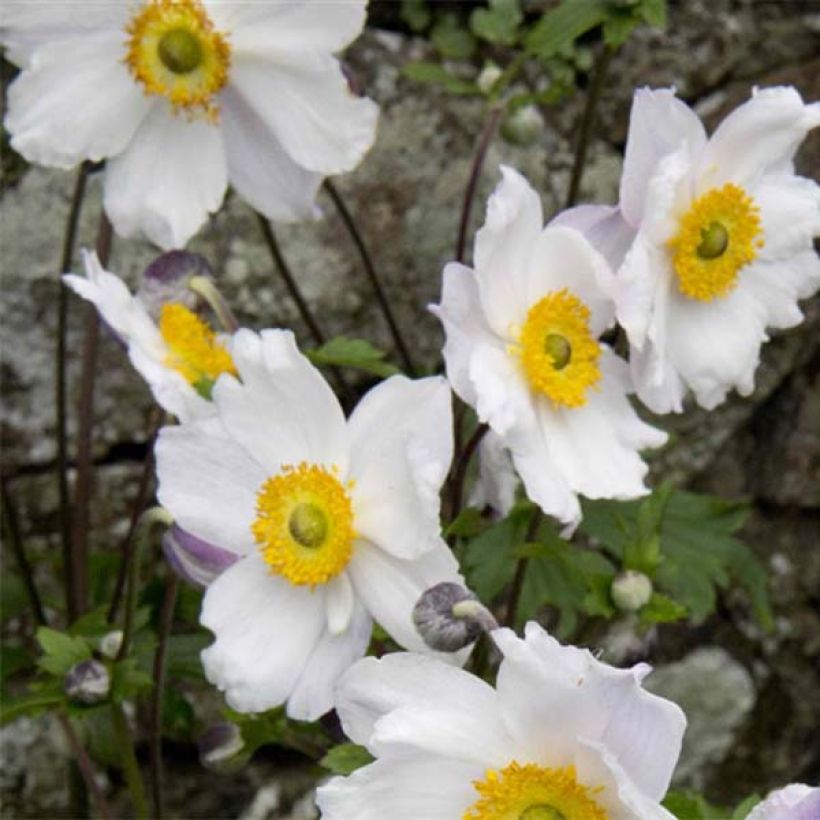

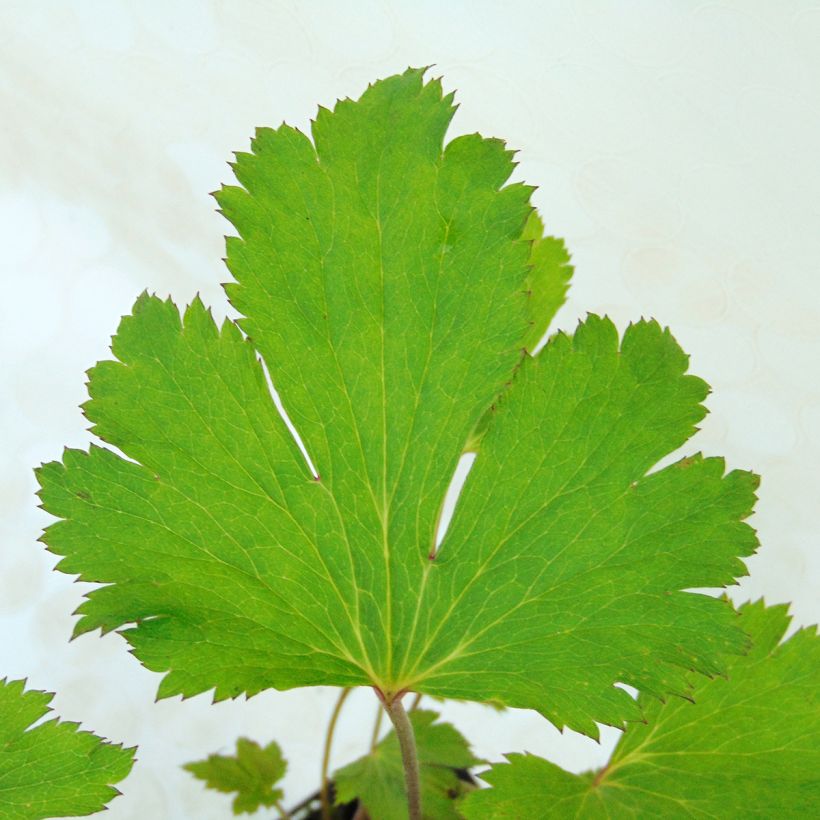

Flowering
Foliage
Plant habit
Botanical data
Anemone
rupicola x hupehensis
Ruffled Swan
Ranunculaceae
Japanese Anemone
Cultivar or hybrid
Other Japanese Anemones
Planting and care
'Ruffled Swan' thrives in partial shade under large trees, in moist, loose, well-drained soil enriched with humus, and without too much limestone. It spreads slowly with the help of its underground rootstock. Plant in spring or autumn, in a spot sheltered from strong winds that would flatten the tallest clumps. Space them 30cm (12in) apart. Once the young plants are established, they should not be disturbed anymore. Flowering becomes increasingly abundant as the years go by. In late autumn, cut the flower stems to ground level. Every 2 or 3 years, apply well-rotted compost at their base to enrich the soil, as they are quite greedy. They tolerate temporary drought. In the first year, the plant develops its roots in the soil; it is only in the second year that it starts to sucker and flower properly.
Planting period
Intended location
Care
-
, onOrder confirmed
Reply from on Promesse de fleurs
Summer flowering perennials
Haven't found what you were looking for?
Hardiness is the lowest winter temperature a plant can endure without suffering serious damage or even dying. However, hardiness is affected by location (a sheltered area, such as a patio), protection (winter cover) and soil type (hardiness is improved by well-drained soil).

Photo Sharing Terms & Conditions
In order to encourage gardeners to interact and share their experiences, Promesse de fleurs offers various media enabling content to be uploaded onto its Site - in particular via the ‘Photo sharing’ module.
The User agrees to refrain from:
- Posting any content that is illegal, prejudicial, insulting, racist, inciteful to hatred, revisionist, contrary to public decency, that infringes on privacy or on the privacy rights of third parties, in particular the publicity rights of persons and goods, intellectual property rights, or the right to privacy.
- Submitting content on behalf of a third party;
- Impersonate the identity of a third party and/or publish any personal information about a third party;
In general, the User undertakes to refrain from any unethical behaviour.
All Content (in particular text, comments, files, images, photos, videos, creative works, etc.), which may be subject to property or intellectual property rights, image or other private rights, shall remain the property of the User, subject to the limited rights granted by the terms of the licence granted by Promesse de fleurs as stated below. Users are at liberty to publish or not to publish such Content on the Site, notably via the ‘Photo Sharing’ facility, and accept that this Content shall be made public and freely accessible, notably on the Internet.
Users further acknowledge, undertake to have ,and guarantee that they hold all necessary rights and permissions to publish such material on the Site, in particular with regard to the legislation in force pertaining to any privacy, property, intellectual property, image, or contractual rights, or rights of any other nature. By publishing such Content on the Site, Users acknowledge accepting full liability as publishers of the Content within the meaning of the law, and grant Promesse de fleurs, free of charge, an inclusive, worldwide licence for the said Content for the entire duration of its publication, including all reproduction, representation, up/downloading, displaying, performing, transmission, and storage rights.
Users also grant permission for their name to be linked to the Content and accept that this link may not always be made available.
By engaging in posting material, Users consent to their Content becoming automatically accessible on the Internet, in particular on other sites and/or blogs and/or web pages of the Promesse de fleurs site, including in particular social pages and the Promesse de fleurs catalogue.
Users may secure the removal of entrusted content free of charge by issuing a simple request via our contact form.
The flowering period indicated on our website applies to countries and regions located in USDA zone 8 (France, the United Kingdom, Ireland, the Netherlands, etc.)
It will vary according to where you live:
- In zones 9 to 10 (Italy, Spain, Greece, etc.), flowering will occur about 2 to 4 weeks earlier.
- In zones 6 to 7 (Germany, Poland, Slovenia, and lower mountainous regions), flowering will be delayed by 2 to 3 weeks.
- In zone 5 (Central Europe, Scandinavia), blooming will be delayed by 3 to 5 weeks.
In temperate climates, pruning of spring-flowering shrubs (forsythia, spireas, etc.) should be done just after flowering.
Pruning of summer-flowering shrubs (Indian Lilac, Perovskia, etc.) can be done in winter or spring.
In cold regions as well as with frost-sensitive plants, avoid pruning too early when severe frosts may still occur.
The planting period indicated on our website applies to countries and regions located in USDA zone 8 (France, United Kingdom, Ireland, Netherlands).
It will vary according to where you live:
- In Mediterranean zones (Marseille, Madrid, Milan, etc.), autumn and winter are the best planting periods.
- In continental zones (Strasbourg, Munich, Vienna, etc.), delay planting by 2 to 3 weeks in spring and bring it forward by 2 to 4 weeks in autumn.
- In mountainous regions (the Alps, Pyrenees, Carpathians, etc.), it is best to plant in late spring (May-June) or late summer (August-September).
The harvesting period indicated on our website applies to countries and regions in USDA zone 8 (France, England, Ireland, the Netherlands).
In colder areas (Scandinavia, Poland, Austria...) fruit and vegetable harvests are likely to be delayed by 3-4 weeks.
In warmer areas (Italy, Spain, Greece, etc.), harvesting will probably take place earlier, depending on weather conditions.
The sowing periods indicated on our website apply to countries and regions within USDA Zone 8 (France, UK, Ireland, Netherlands).
In colder areas (Scandinavia, Poland, Austria...), delay any outdoor sowing by 3-4 weeks, or sow under glass.
In warmer climes (Italy, Spain, Greece, etc.), bring outdoor sowing forward by a few weeks.

































